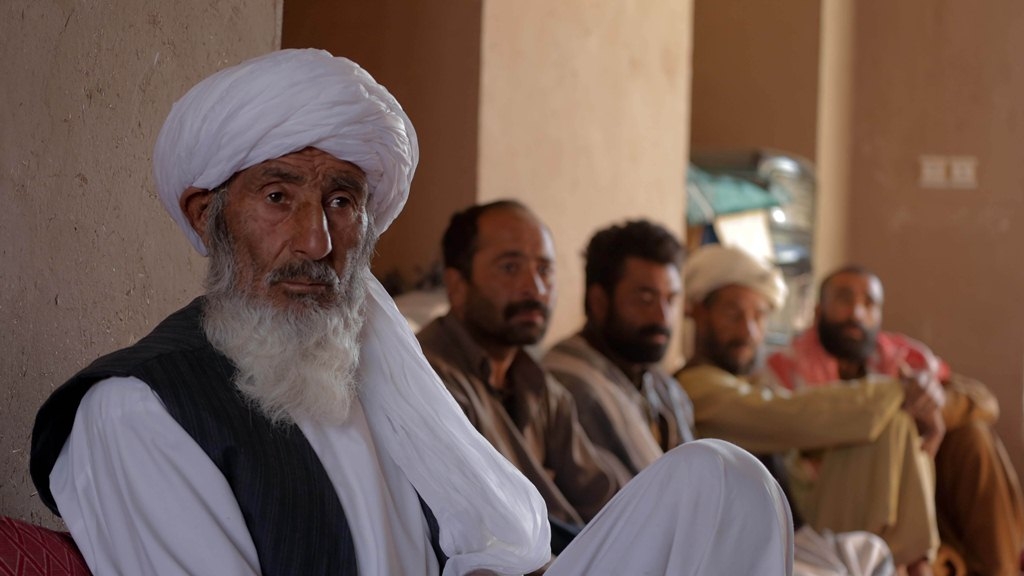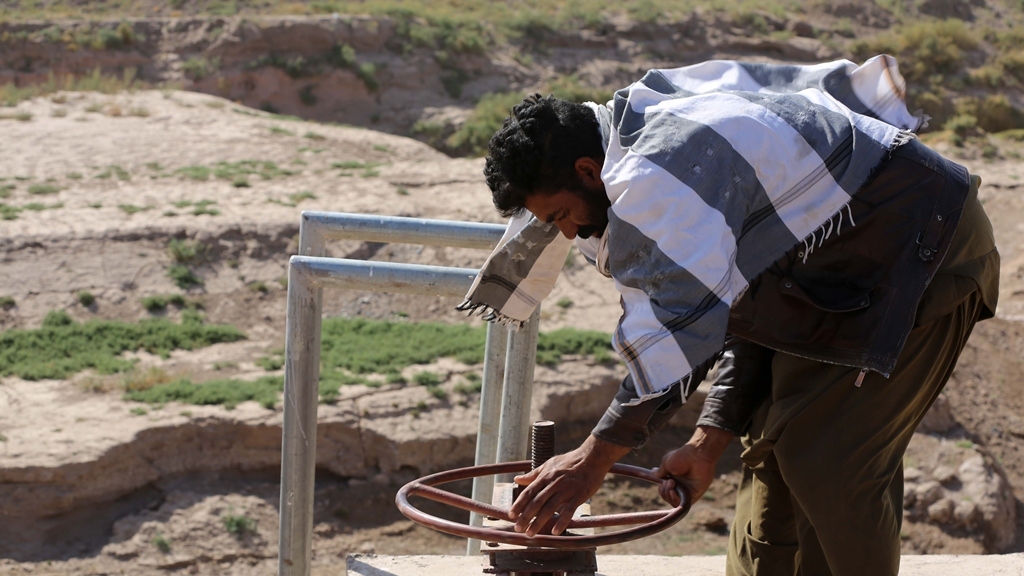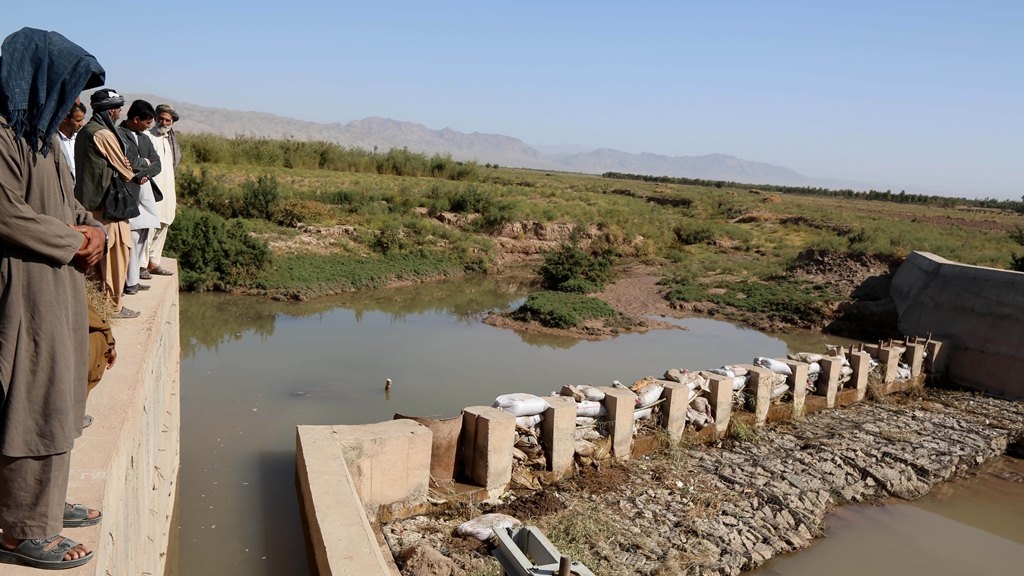Today, canals, such as the one for Sangbast and Ghalmaran villages, allow farmers to harness rain and flood water for irrigation. They are being improved under the Irrigation Rehabilitation and Development Project (IRDP), under the Ministry of Energy and Water. With support from the World Bank and Afghanistan Reconstruction Trust Fund, the project builds upon and scales up activities supported under the completed World Bank-financed Emergency Irrigation Rehabilitation Project, closed in December 2012.
Better access to irrigation and jobs
IRDP supports rehabilitation of irrigation systems serving some 300,000 hectares of land throughout the country, as well as the design and construction of a limited number of small multi-purpose dams and related works, while establishing hydro-meteorological facilities and services. To date, under the irrigation component of this project, approximately 20,000 hectares (44 percent of the target 45,000 hectares) of incremental irrigated area have been achieved.
According to Project Manager Engineer Mirwais Ghoriani, the Sangbast village canal was successfully completed in April 2013 at a cost of little over Afghani 10 million (US$175,000).
“Our assessment revealed a drastic need for water canal development here,” says Mirwais. “With this project now implemented, farmlands are better irrigated and people have access to more job opportunities.”
Padar, a 40-year-old farmer and father of four children, cultivates various crops on one hectare of land in partnership with other farmers. He says prior to the implementation of IRDP in his village he was not willing to cultivate his land from fear of lack of water; however, now he has even succeeded convincing some friends to become his partners.
“This sub-project began last year. Prior to that, we could hardly block water overflow from the river. We would go out and work on the intake for 10 to 15 days. We also had to buy sandbags. My contribution alone was around $100,” he says.
Water in all seasons
Fazel Ahmad, 50, a farmer from Ghalmaran village, says he does not remember ever having had enough water for irrigation in the fall season in the past, especially when the old reservoir filled up with mud sedimentation. Although the old reservoir still fills up with mud, farmers are now able to irrigate their lands even during fall season following the improvement made in the canal scheme.
“We are relieved now. All we need to do is pile up a few sandbags against the wall and the water will stay in the reservoir. Whenever water is needed, we pull up the main hatch and direct the water to whatever secondary canal system we wish,” explains Fazel. “There are a total of nine hatches in different directions. If we do not want water in a certain direction, we simply close the concerned hatch and the water stays inside.”



